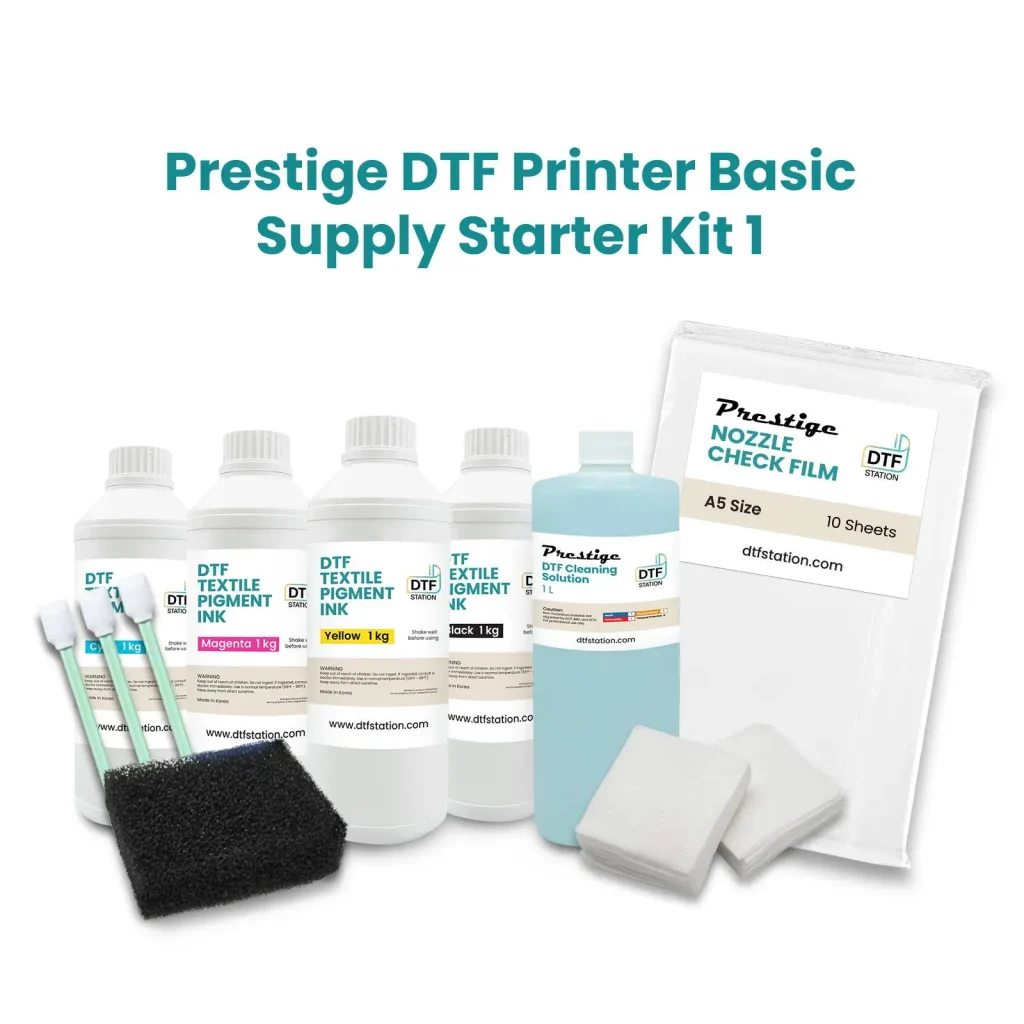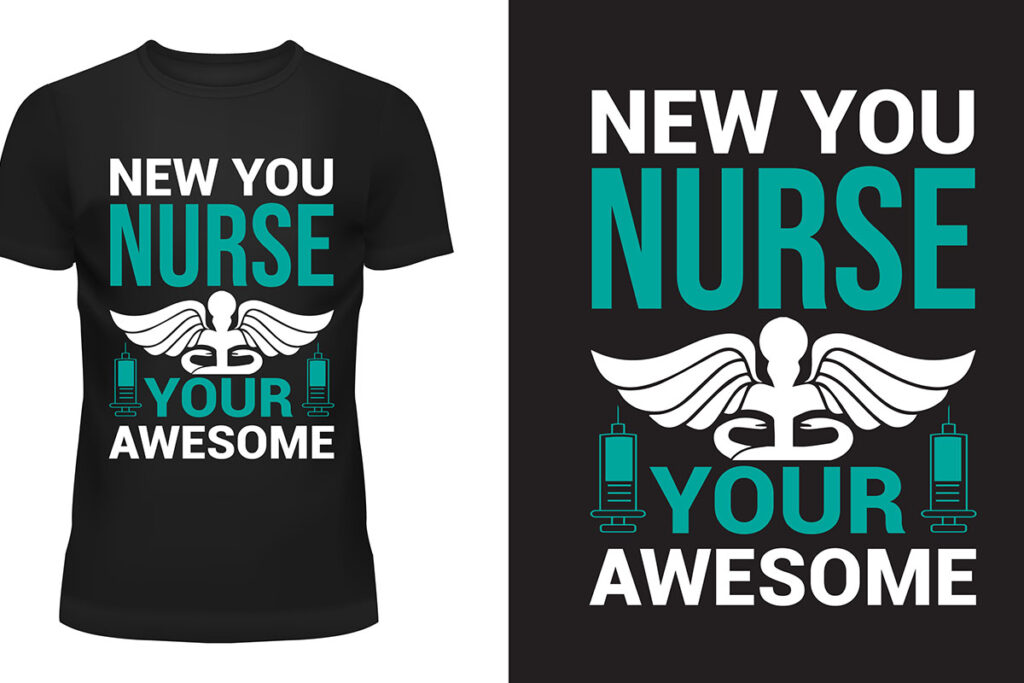In the ever-evolving world of fabric printing, DTF supplies have gained significant attention for their role in transforming creative visions into reality. Direct to Film supplies encompass everything from specialized DTF printing equipment to high-quality transfer films, making it essential for businesses and hobbyists alike. With the best DTF printers on the market, anyone can produce stunning, durable designs that stand the test of time. Understanding how to use DTF supplies effectively can lead to vibrant and intricate prints that capture the imagination. This guide will explore the critical components of DTF printing, unlocking the potential of this innovative technology for your projects.
When discussing Direct to Film supplies, one might also refer to materials essential for the burgeoning DTF printing process. This includes items such as transfer films, adhesive powders, and dedicated printing devices, all of which contribute to the success of transferring designs onto various textiles. The equipment necessary for this method allows creators to achieve outstanding results with custom fabric prints. Understanding the dynamic nature of DTF printing gives enthusiasts and professionals the insights needed for mastering these creative tools. Explore the intricacies of this technology and discover its advantages, from quality improvements to sustainable options in the print industry.
Understanding Direct to Film Printing
Direct to Film (DTF) printing has revolutionized the way custom designs are applied to fabrics, making it an increasingly popular choice for both professionals and enthusiasts. This method not only ensures high-definition prints but also allows for incredible versatility in terms of fabric types. DTF printing works by printing designs onto a special film and then transferring these prints onto various materials such as cotton, polyester, and blends. The knowledge of how DTF works significantly enhances the printing process, ensuring that users can achieve vibrant colors and intricate details that last.
The process begins with printing the desired design on a transparent DTF transfer film using specialized DTF printers. These printers utilize water-based inks that effectively bond with the film, ensuring that the colors are rich and the details are sharp. After printing, an adhesive powder is applied to the wet ink, which is then cured using heat to create a strong bond. This systematic approach allows businesses to produce high-quality products that meet the demands of today’s custom apparel market.
Essential DTF Supplies for Successful Printing
To achieve amazing results in DTF printing, certain essential supplies must be procured. The cornerstone of any DTF operation is the DTF printer itself. Choosing the right printer, such as those offered by renowned brands like Epson or Brother, is crucial. These printers are designed specifically for DTF processes and utilize pigmented, water-based inks that allow for faster drying times and vibrant color output. A good printer ensures that the images are not only visually striking but also durable enough to withstand regular use and washing.
Additionally, high-quality DTF transfer films play a pivotal role in the printing process. These films are specially coated to ensure proper adhesion to the fabric, which is essential for a successful transfer. When combined with the right adhesive powder, the result is a product that boasts both vibrancy and durability. Therefore, investing in high-quality transfer films and adhesives can significantly improve the final product and the overall success of your DTF printing endeavors.
Selecting the Best DTF Printers
When choosing the best DTF printers, it’s important to consider factors such as print resolution, speed, and compatibility with different transfer films and inks. High-resolution printers that can effectively handle intricate designs are essential for achieving the level of detail often desired for apparel. Brands like Epson and Brother are frequently recommended due to their proven track record in delivering quality DTF printing outcomes. Additionally, users should look for printers that offer cost-effective ink solutions to manage operational expenses effectively.
Another critical aspect to evaluate is the printer’s ability to handle various fabric types. Since DTF printing is versatile and can be applied to many textiles, ensuring that the printer can accommodate these different materials ensures broader application possibilities. Investing in a versatile and reliable DTF printer not only enhances the quality of prints but also allows for future expansion of product offerings.
The Role of DTF Transfer Films
DTF transfer films are a crucial component in the DTF printing process, acting as the medium through which designs are transferred onto fabrics. These films are specially designed to hold the ink and adhesive powder, ensuring that the colors remain vibrant during the heat transfer process. Various options are available, each suited for specific printer types and inks, making it essential for users to select the right combination to achieve optimal results.
Moreover, the quality of transfer films can significantly impact the adherence of designs to the fabric. Higher-quality films provide better adhesion, facilitating durable and long-lasting prints that can withstand multiple washes without fading or peeling. As the market for DTF printing continues to grow, selecting premium transfer films is becoming increasingly important for professionals aiming to deliver top-notch textile products.
Understanding Adhesive Powders in DTF Printing
Adhesive powders are a vital component in the DTF printing process, playing the crucial role of bonding the printed design to the fabric. Once the design has been printed on the DTF film, applying the adhesive powder ensures that when heat is applied, the design effectively fuses with the fabric. This step is essential for producing wash-resistant prints that withstand regular wear and maintain their vibrancy.
The market offers a variety of adhesive powders, and selecting the right type can significantly affect the final print quality. Some powders are designed to provide a stronger bond and better washability than others, making them ideal for commercial use. By understanding the properties of different adhesive powders, users can enhance their output quality and meet customer expectations for durability and performance.
Innovations in DTF Supplies and Equipment
As technology progresses, the landscape of DTF printing supplies and equipment has also evolved, offering users enhanced tools for superior results. One of the most significant trends is the development of all-in-one DTF starter kits which include everything required to begin printing. These kits typically consist of DTF printers, transfer films, and adhesive powders, simplifying the setup process and making it more accessible for newcomers and small businesses.
Additionally, recent advancements in DTF inks and films have focused on improving durability and environmental sustainability. Manufacturers are developing water-based inks that reduce environmental impact while offering high-performance results, a trend that is increasingly important to eco-conscious consumers. Innovations in this area not only pave the way for more sustainable production processes but also enhance the overall quality of DTF printed textiles.
Frequently Asked Questions
What are the essential DTF supplies needed for printing?
Essential DTF supplies include DTF printers, transfer films, adhesive powders, heat press machines, and DTF inks. Each component plays a vital role in the DTF printing process, ensuring high-quality designs and durability.
How do I choose the best DTF printer for my needs?
When selecting the best DTF printer, look for models that use water-based pigment inks and are compatible with DTF printing. Popular options include Epson and Brother printers, which provide vibrant colors and high image clarity.
What types of transfer films are best for DTF printing?
The best DTF transfer films are those coated with polymers that enhance adhesion with water-based inks. Look for high-quality films that match your printer specifications for optimal color vibrancy and print quality.
How do I effectively use DTF supplies in my printing process?
To effectively use DTF supplies, print your design on transfer film, apply hot-melt adhesive powder, and use a heat press to transfer the design to fabric. Ensuring proper technique and equipment maintenance is key to achieving wash-resistant prints.
What advancements are being made in DTF supplies?
Recent advancements in DTF supplies include improved ink formulations for better durability, eco-friendly options, and the availability of all-in-one DTF starter kits, making it easier for new users to begin DTF printing.
Can I use DTF supplies for different types of fabrics?
Yes, DTF supplies are versatile and can be used on a variety of fabrics, including cotton and polyester. The water-based inks and flexible adhesives allow for successful application across diverse textile materials.
| Key Components | Description |
|---|---|
| DTF Printers | Printers that utilize water-based, pigment-based inks specifically for DTF printing, ensuring crisp and vibrant images. |
| Transfer Films | Coated with polymers that work with water-based inks, enhancing color vibrancy and adhesion during heat transfer. |
| Adhesive Powders | Essential for bonding the design to fabric; must be high-quality for wash resistance. |
| Heat Press Machines | Machines with adjustable temperature and pressure settings to ensure solid design transfer. |
| Inks | Water-based and flexible inks that provide a wide color range, ideal for multiple textiles. |
Summary
DTF supplies are essential for anyone looking to create vibrant and durable designs through fabric printing. DTF (Direct to Film) printing is not only a revolution in the crafting of custom apparel but also a gateway for small businesses to flourish in the textile market. Understanding and utilizing the right supplies—like specialized printers, transfer films, adhesive powders, heat press machines, and flexible inks—will empower creators to maximize their output. As technology advances and market demands shift towards custom apparel, exploring DTF supplies allows for creative expression while embracing sustainable practices. Thus, DTF printing is set to redefine the landscape of fabric decoration entirely.



